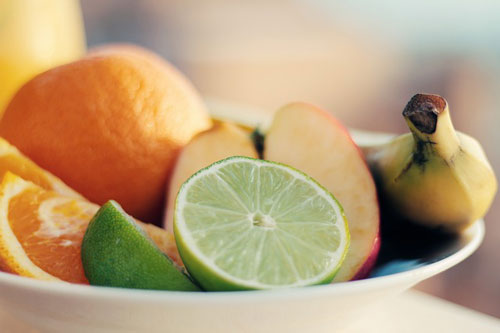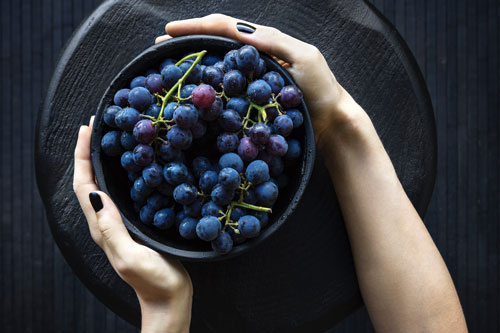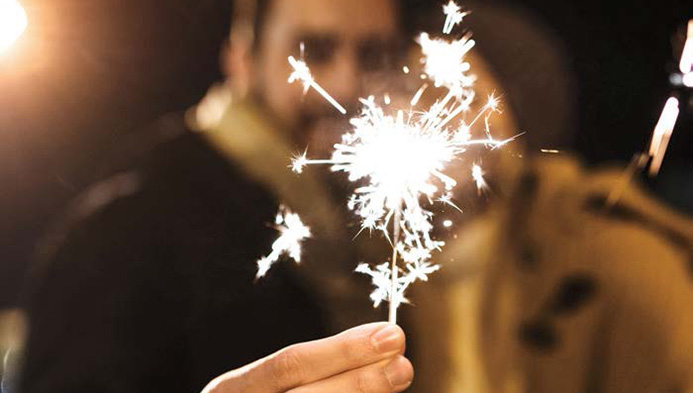When it comes to New Year’s Eve, other countries have some pretty distinctive traditions. Here are some that make kissing at midnight sound boring. To help you figure out when these events will take place, we’ve given you the time that midnight strikes in relation to Chicago CST.
Belarus

Jan. 1, 9 a.m.
During the traditional celebration of Kaliady, still-unmarried women play games to predict who will wed in the new year. In one, a pile of corn is placed before each woman and a rooster is turned loose — whichever pile it approaches first reveals who will be the first to marry.
Central and South America

Jan. 1, 4 a.m.
In Brazil, Ecuador, Bolivia, and Venezuela, it’s considered lucky to wear special underwear on New Year’s Eve, and in cities like São Paulo and La Paz, market vendors start displaying brightly colored underpants a few days before the holiday. The most popular colors are red and yellow — red is supposed to bring love in the coming year, and yellow is supposed to bring money.
Denmark
Jan. 1, 7 a.m.
Danes ring in the year by hurling old plates and glasses against the doors of friends’ and relatives’ houses. They also stand on chairs and then jump off them together at midnight. Leaping into January is supposed to banish bad spirits and bring good luck.
Japan
Jan. 1, 3 p.m.
The faithful go in costume as the next year’s zodiac animal to the local temple, where bells chime a sacred 108 times.
Philippines

Jan. 1, 2 p.m.
Round shapes (representing coins) are thought to symbolize prosperity for the coming year, and many Filipino families display heaps of round fruit on the dining table for New Year’s Eve.
Scotland

Jan. 1, 6 a.m.
The Scottish celebration of Hogmanay includes “first-footing,” a ritual where the first person to cross the threshold of a home in the new year brings a gift for luck (whisky is the most common).
Spain

Jan. 1, 7 a.m.
At midnight, it’s customary in Spain to quickly eat 12 grapes — one at each stroke of the clock — to symbolize the wish for good luck in each month of the coming year. In Madrid, Barcelona, and other cities, revelers congregate in the main squares to gobble their grapes together and pass around bottles of cava.



